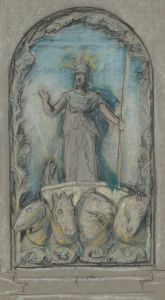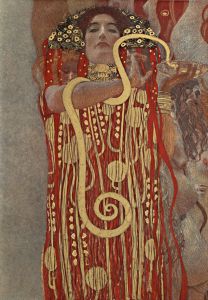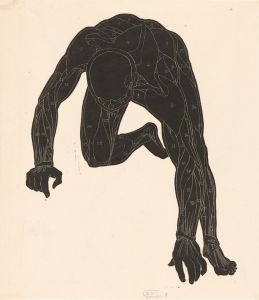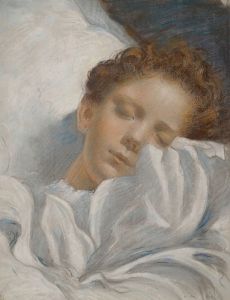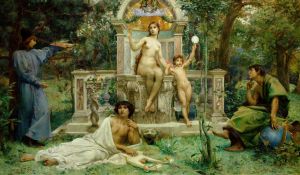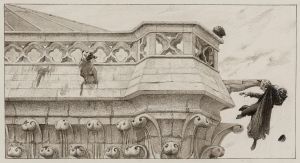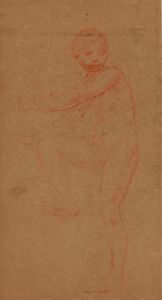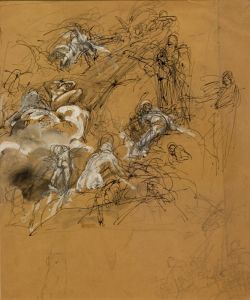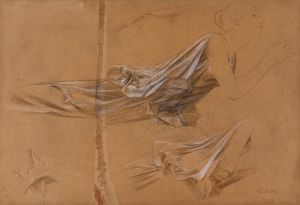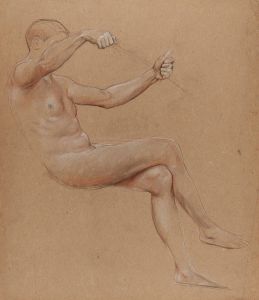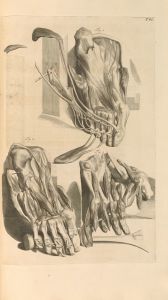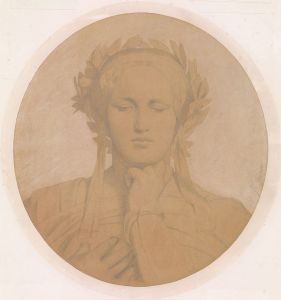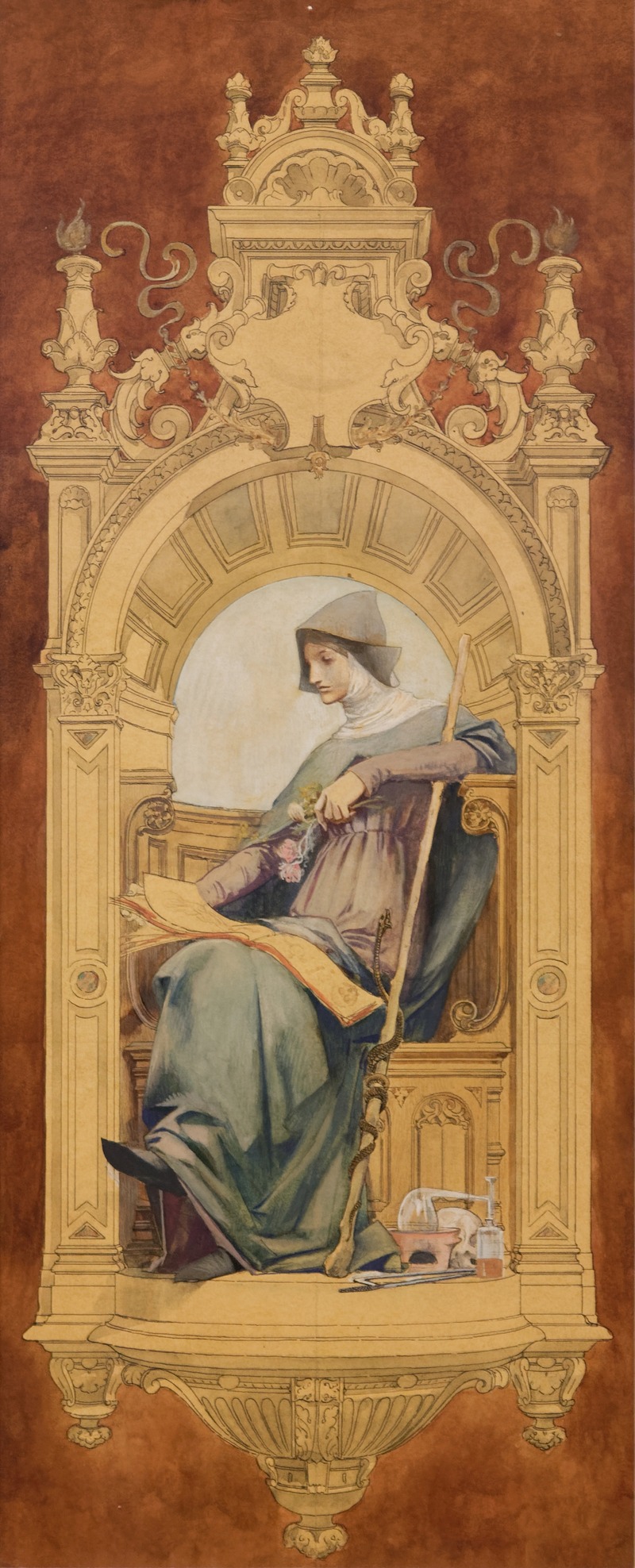
La Médecine
A hand-painted replica of Luc-Olivier Merson’s masterpiece La Médecine, meticulously crafted by professional artists to capture the true essence of the original. Each piece is created with museum-quality canvas and rare mineral pigments, carefully painted by experienced artists with delicate brushstrokes and rich, layered colors to perfectly recreate the texture of the original artwork. Unlike machine-printed reproductions, this hand-painted version brings the painting to life, infused with the artist’s emotions and skill in every stroke. Whether for personal collection or home decoration, it instantly elevates the artistic atmosphere of any space.
La Médecine is a painting by the French artist Luc-Olivier Merson, who was active during the late 19th and early 20th centuries. Merson was known for his academic style and his ability to blend classical themes with contemporary subjects. He was a prominent figure in the French art scene and contributed to various public and private commissions throughout his career.
Luc-Olivier Merson was born in Paris in 1846 and studied at the École des Beaux-Arts under the tutelage of Gustave Chassevent-Bacques and Isidore Pils. He gained recognition for his historical and religious paintings, which often featured meticulous detail and a strong narrative element. Merson's work was well-received in the salons of Paris, and he was awarded the prestigious Prix de Rome in 1869, which allowed him to study in Italy and further develop his craft.
La Médecine is one of Merson's notable works, though specific details about the painting's creation and its current location are not widely documented. The title, which translates to "Medicine" in English, suggests that the painting may explore themes related to the medical field, possibly depicting a scene that highlights the practice or symbolism of medicine. Merson's ability to infuse his works with allegorical and symbolic meaning could imply that La Médecine contains elements that reflect the societal or philosophical views on medicine during his time.
Throughout his career, Merson was known for his ability to convey complex themes through his art, often using allegory and symbolism to engage viewers. His works frequently depicted historical or mythological subjects, and he had a talent for creating compositions that were both visually striking and intellectually engaging. Merson's style was characterized by its precision, attention to detail, and the use of a muted color palette, which lent a timeless quality to his paintings.
In addition to his work as a painter, Merson was also an accomplished illustrator and designer. He contributed illustrations to various publications and was involved in designing postage stamps and banknotes for the French government. His diverse body of work reflects his versatility as an artist and his ability to adapt his skills to different mediums and formats.
Luc-Olivier Merson's contributions to the art world were recognized during his lifetime, and he was appointed a member of the Académie des Beaux-Arts in 1906. His legacy continues to be appreciated by art historians and enthusiasts who admire his technical skill and the depth of meaning in his works.
While specific information about La Médecine is limited, Merson's overall body of work provides insight into the themes and styles that may be present in the painting. His ability to blend classical and contemporary elements, along with his focus on narrative and symbolism, suggests that La Médecine is a work that reflects his artistic vision and the cultural context of his time.





